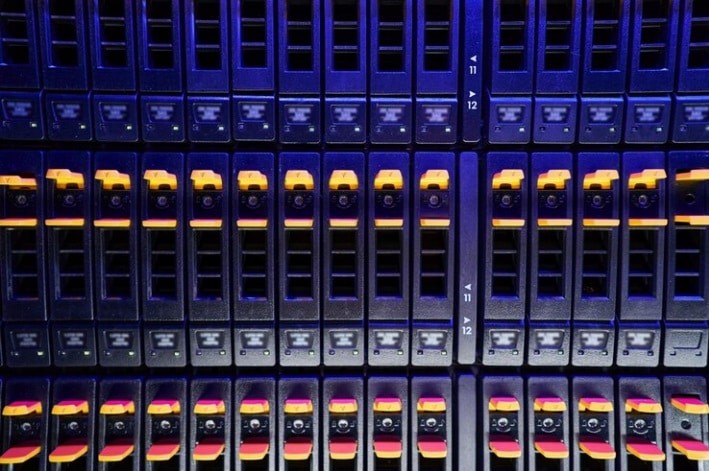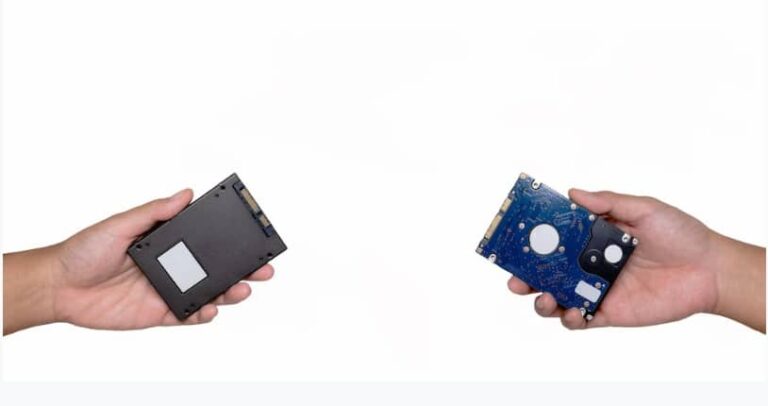On Monday, Western Digital (WD) announced that the company had reached an agreement to purchase Hitachi Global Storage Technologies (HGST) for $4.3 billion in cash and common stock (see “WD to buy Hitachi GST for $4.3 billion” ).
The deal has already been approved by both companies’ boards and is expected to close in the third quarter assuming regulatory approval. HGST’s parent, Hitachi Ltd., will retain a 10% stake in the combined company, and HGST’s current CEO, Steve Milligan, will be president of the new business, reporting to WD president and CEO John Coyne.
The merger will signficantly impact the hard disk drive (HDD) industry, including component and equipment suppliers, and will change the landscape for enterprise-class solid-state disk (SSD) drives.
Biggest In HDDs
From a unit shipment perspective, WD and HGST are the largest and third largest manufacturers, respectively, of HDDs. Today, Seagate remains the revenue leader, thanks to the company’s dominance of the enterprise HDD market. However, the pending merger will push WD’s revenues ahead of Seagate’s.
WD is already the unit shipment leader, having surpassed Seagate’s unit shipments over a year ago. Combined unit shipments for WD and HGST account for nearly 48% of the worldwide HDD market.
Hitachi GST was formed by the merger of IBM and Hitachi’s HDD units in 2003. After many years of losses, HGST turned profitable for most of the last two years. Although the division is profitable, Hitachi was rumored to have been looking to divest itself of its HDD unit for several years. In 2010, and even in 2009, rumors reported that Hitachi was shopping for a buyer for its HDD division, with WD mentioned as one of the suitors. WD was also rumored to have been interested in Fujitsu’s HDD business before that company was acquired by Toshiba.
Impact On HDD Component/Equipment Suppliers
The merger of HGST with WD will have an impact on more than direct competitors to the two companies. Suppliers of components and capital equipment that service the two companies, and to some extent those that furnish the rest of the industry, will feel the impact of the acquisition. There will be a period of uncertainty when production equipment that was on order, or anticipated to be ordered, by HGST and WD will be in limbo while the real needs of the combined company are determined. It is quite likely that the combined company will consolidate manufacturing capacity over time and this, plus the greater potential efficiency of a combined company, could reduce overall capital demand (separate from the overall unit growth in HDD and HDD components).
Capital equipment companies such as Veeco, Intevac, Xyratex and KLA-Tencor will need to pay close attention to their customers to determine how this merger will impact their businesses. Since the merger is scheduled to happen in Q3 2011, the biggest impact will be felt in the second half of 2011 and into 2012.
Fixing A Weak SSD Presence
The WD-HGST deal has an SSD angle as well. Both companies participate in the SSD market through different approaches, although neither has a leading market position at this time.
In 2009, WD acquired SSD maker SiliconSystems as a means of entering the SSD market. Although SiliconSystems had its sights set on the enterprise SSD market, WD’s current offerings are more oriented towards embedded SSDs for the military and industry, with few offerings of any substance in the enterprise space.
Late in 2008, Hitachi signed a deal with Intel to produce SSDs that would combine the highly-reputed Intel SSD architecture with Hitachi’s enterprise HDD interfaces. Hitachi would introduce SAS and Fibre Channel SSDs, with Intel continuing to serve the SATA market. Last November, Hitachi introduced the first of these products (see “Hitachi GST entersSSD market”).
Assuming that the Intel-HGST agreement successfully transfers to WD, WD’s enterprise storage group will finally introduce fast SSDs into the enterprise market.
Impact Of The New Company
The WD-HGST merger will significantly change the HDD competitive landscape by the end of 2011 when there will be only four HDD companies, with WD commanding close to half of the market. This will put pressure on the other players in the industry to look at their options, possibly driving the formation of additional alliances or mergers over the next year or two.
Of course, those who follow the disk drive industry know that merged companies generally don’t retain the combined market share of the prior two companies. It remains to be seen if the larger WD will be able to retain a market share close to 50%. There are reasons to believe that the combined company will lose less market share than other merged companies have lost in the past. For one thing, HGST brings WD a solid enterprise storage product line, bolstering the fledgling enterprise products that WD has introduced over the last few years. Assuming that WD retains HGST’s enterprise development and support team it should be possible for the combined company to continue to participate strongly in this market segment and compete against Seagate in that company’s most profitable sector.
Not only will WD become an important force in the enterprise HDD market, but the company also looks likely to gain a potentially strong candidate in SSDs, allowing WD to boast a very broad offering from cost-leading capacity HDDs through high-speed enterprise HDDs and SSDs, addressing all speed levels of the disk drive market. With this strong product portfolio the company will be able to compete very strongly against Seagate.
There are significant differences between HGST and WD that will need to be overcome. Although WD leads the HDD industry in cost structure by reducing its manufacturing costs and controlling materials costs, HGST suffers from a disjointed international production system which has resulted in relatively high costs. This high cost structure has made it difficult for HGST to profit in the competitive HDD business. We would expect WD to move quickly to lower HGST’s production costs and further limit the loss of HGST’s current customers to lower-priced competitors. However, it may take some time to merge the HDD component and HDD production units of the two companies.
Hitachi Data Systems (HDS), another Hitachi division that deals heavily with HDDs, does not appear to be impacted by this acquisition. HDS manufactures storage arrays based on HDDs from a variety of manufacturers, so the relationship with HGST is loose. HDS has done well for Hitachi and we do not believe that Hitachi is considering selling it.
In summary, this appears to be a very significant deal that should dramatically change the disk drive market while providing WD with a good number of highly complementary products.





